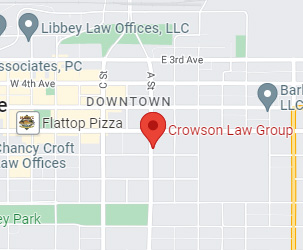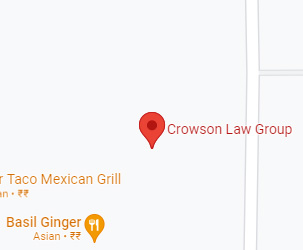Filing Dental Malpractice Claims and Defenses

There are a number of sub-factors that fall under medical malpractice, including dental malpractice. Dental malpractice can occur when a dental patient is harmed through the provision of substandard dental care. In a similar situation as doctors being held liable for medical malpractice and negligence, dentists too can be held liable for dental malpractice. Dental malpractice extends to dentists, oral surgeons and orthodontists. This article will discuss steps necessary to file a dental malpractice lawsuit, and the various ways that a dentist may try to defend against a malpractice claim.
In order to make a successful case for dental malpractice, an injured patient needs to establish the following elements:
- The existence of a dentist-patient relationship
- The appropriate medical standard of care under the circumstances
- How the standard of care was breached
- The existence, nature and extent of the patient’s injury
Once these elements have been established, there may be preliminary requirements to be handled before bringing or filing the claim. An Anchorage medical malpractice attorney will be familiar with any, and all, procedural requirements that must be met in order to bring your case to court.
To officially begin the lawsuit, a pleading or complaint must be filed with the court. The defendant dentist then has a certain number of days for him or her to respond to the complaint; this is generally twenty to thirty days. Thereafter, the parties exchange discovery. Discovery includes documentation such as the patient’s dental records, records of any subsequent treatment, and evidence of the treatment costs incurred by the plaintiff and or his or her dental insurer. Discovery also includes testimony from the plaintiff, the defendant and any other fact witnesses. Such witnesses may include employees in the dentist’s office, or prior treating dentists. Expert testimony is also taken from expert witnesses, who can be dentists who evaluate the patient’s records, or experts who testify about the financial harm the patient suffered because of the substandard care.
Once this stage has ended, if the case does not settle out of court- which the majority of cases do-, and the case is not dismissed by the court, then the case will proceed to trial.
In order to mount an effective defense, the dentist will need to provide proper documentation. If he or she did not keep a clear chronological order of events, future treatment plans and all important communication between the dentist and the patient, their position will be weakened. Some comprehensive documentation also includes, but is not limited to the following:
- A copy of the written informed consent for any procedures that were done
- A clear record of the patient’s history
- A clear treatment plan which includes documentation that explains the reason for any treatment for which the patient has been billed
- Notes written at or near the time of the patient’s treatment


